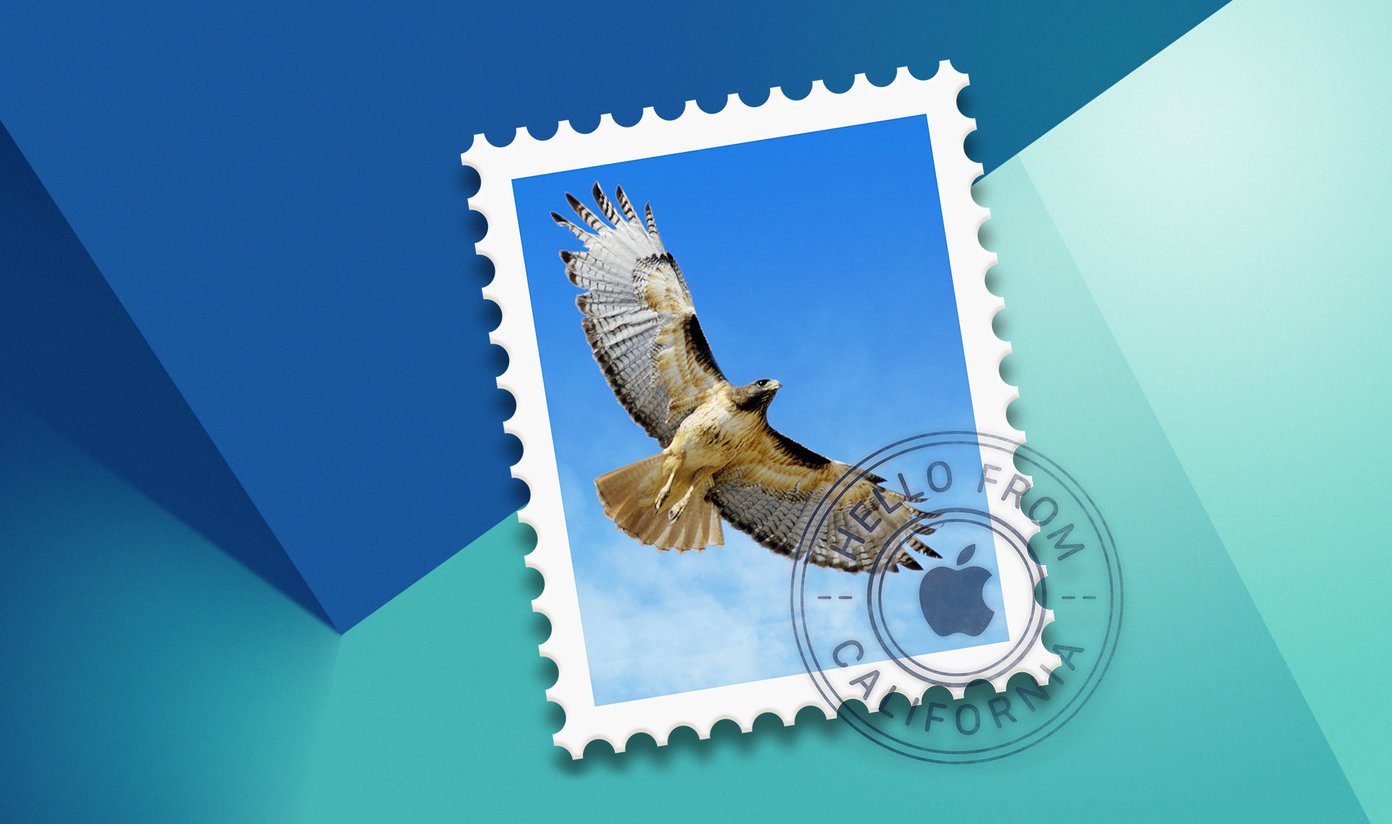OneNote has a glaring problem where the annotations are added as an overlay. They are not part of the image file itself. Hence, when you move the image, the annotations don’t move, leading to several tweaks and a tedious note-taking experience. Here are some solutions to fix that niggle until Microsoft releases an appropriate update.
1. Use an Extension: Awesome Screenshot
Why not annotate the image before saving it to OneNote? Awesome Screenshot is a free screenshot extension for all Chromium-based browsers. That means it will work on Chrome, Edge, and Brave. You can clip an entire webpage, only the visible area of the page, take scrolling screenshots, or save images with just a few clicks. After taking a screenshot, you will see many annotation options on a handy toolbar. You can crop the image, add arrows and text, blur sensitive parts, highlight important areas, add emojis and few other shapes, add numbers to represent steps, and much more. There is also an option to create a video of what’s happening on your screen. There is support for a few selected cloud storage services, but OneDrive is not one of them. For now, you can save the image or webpage as a PDF file or image on your desktop or print it. You can then save it to OneNote easily. Want to make changes? Awesome Screenshot works with local images as well, and you can take a screenshot of the desktop too. Awesome Screenshot is free to use, but connecting to cloud apps like Slack and Dropbox requires a subscription. Download Awesome Screenshot Extension
2. Save Image in a New Note and Annotate
Why do you need to move the image after you have annotated it inside OneNote? Probably because you want to rearrange other text or elements inside a container. You can avoid that situation altogether by saving the image in a separate note and linking to it from the original one. Right-click on the note containing the annotated image and select Copy Link to Page. Select the text you want to link and press Ctrl+K (Command+K on Mac) to paste the link. You no longer have to move the image and mess up the annotations. While that is not the ideal solution and other note-taking apps like Evernote handle it far better, it can still work. Especially if you have a dual monitor setup.
3. Save Image in Same Note and Annotate
It takes only a second to click on the link to this new note containing the annotated image in OneNote. But visual and creative folks won’t appreciate it. They want to view the image and the rest of the research material on the same screen, and preferably at the same time. You can insert the image in the same note but in a position or location where you won’t have to move it around later; preferably in a corner or at the bottom or top of the note. That will require some planning. You can then link to the container where the image is located. That is one of the many things I love about OneNote. You can type or insert things anywhere you want, instantly creating a container that you can then move around or link to from the same or different note. I have inserted the image on the left with relevant text on the right. I can now annotate the image and link to it. Just right-click on the container with the annotated image and select Copy Link to Paragraph option.
4. Move Annotated Image in OneNote Later
Let’s say that you have annotated an image, and it is stored securely inside a note in OneNote. For some reason, you need to move that image but can’t unless the annotations were added before you added the image to note. Like we showed you in point 1 above. If annotations were added using OneNote tools, it wouldn’t move with the image. One way to solve this issue is to take a screenshot of the image with annotations on it and save it to desktop. You can do so with Awesome Screenshot extension or any other app. Delete the old image and then re-add the new one wherever you want after making the changes.
One Problem, OneNote
The annotation is the only problem that I have with OneNote. Everything else works just fine. I would recommend using Awesome Screenshot or some other annotating tool for images. Don’t delete the original image after adding it to OneNote. Save it in a folder named OneNote Annotations. That way, in case you have to make further changes to the image, you can do so in the original image and replace it on OneNote instead of using the OneNote annotation tool. Microsoft Edge used to offer a built-in annotating tool inside their browser, but not anymore. I hope Microsoft will add it to their new Edge Chromium browser. OneNote also offers its own Web Clipper browser extension, but you can only highlight text with it. No way to highlight or annotate images. For now, you have the above options to annotate images in OneNote. Next up: If you are not happy with OneNote or tend to work with images and annotations, try Evernote. Here is an in-depth comparison between OneNote and Evernote. The above article may contain affiliate links which help support Guiding Tech. However, it does not affect our editorial integrity. The content remains unbiased and authentic.
















